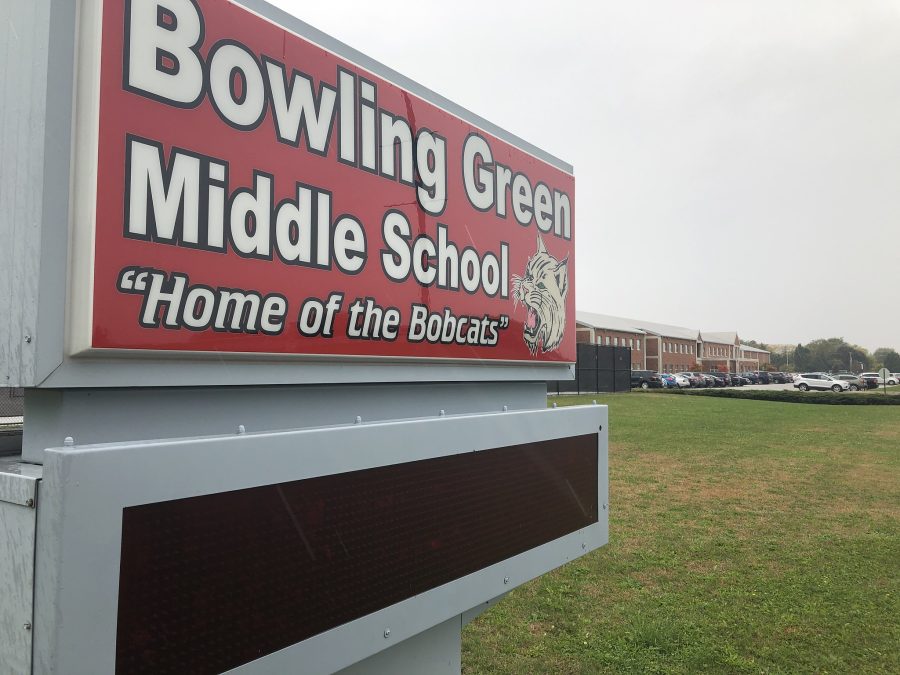‘#160;
Following a failed recycling program for styrofoam, the University’s dining services continues to use styrofoam containers for much of their food.
Students may have noticed some changes while dining on campus this semester, one of which is new ‘to go’ boxes.
The former ‘clamshell’ styrofoam boxes have been replaced with styrofoam trays with lids available at the cashiers’ stations in dining halls.
These containers will take up less space when disposed of, according to Gail Finan, director of Dining Services.
‘We were put between a rock and a hard place because we didn’t have the room to recycle,’ Finan said. ‘And I’m talking about dumpster-size recycling because those clamshells take up a lot of space.’
Despite the change in ‘to go’ box size, styrofoam is still being used predominantly in campus dining halls.
Students walking into dining centers any day will see styrofoam bowls for their fruit and salad, and a variety of styrofoam cups and plates.
Some students have mixed views about the use of styrofoam containers.
‘I think they could have gone to cardboard,’ said Jenn Wenger, senior. ‘Styrofoam is bad for the ecosystem and it’s worse for the ozone.’
Finan says she has seen students express concern over the containers in the past.
‘The students have told us this is a difficult issue so far because of landfills taking up space,’ Finan said.
Biodegration of polystyrene the material that makes up styrofoam can release methane gas into the air, contaminating ground water sources, according to DART, manufacturer of the campus styrofoam containers.
For others the change in containers isn’t an issue.
‘I don’t think it’s too concerning,’ said Stacey Selvey, senior. ‘It’s different looking but it all holds food the same.’
The debate over recycling styrofoam is not a new one.
About six to eight years ago the Solid Waste District gave the University funding to start a polystyrene recycling program, according to Ken Rieman, director of Wood County Solid Waste Management.
The initial $30,000 to $40,000 in funds was used to grind up the styrofoam and spray it with a citrus mixture to make it dissolve. The liquid would then be put in 55-gallon drums and sent to Florida to be reused, Rieman said.
But the program was short-lived.
‘Between the labor involved in grinding up the stuff and the cost to ship it, as we went through it we decided this wasn’t the way to go,’ Rieman said. ‘We’ve watched other places try to do this and nobody has been able to do it economically.’
Another problem with the program was that the solution contained too many food remains from the containers, Rieman said.
‘It comes down to sanitation and cost,’ he said. ‘We’ve never been able to find a way to do it from an economic standpoint.’
Another project at the same time was through the container manufacturer DART, Rieman said.
Their plan was to condense the material into blocks and then send it to an incinerator in Detroit.
The person in charge of this initiative left the University two years ago, Finan said, and the project hasn’t moved since.
The good thing about styrofoam is it takes up very little space when compacted, said Rieman, who added that it’s lightweight.
In addition, styrofoam products are cheaper than paper products, according to the DART Web site.
The cost of polystyrene products are two to three times less than an equal disposable paper container when the costs for equipment and labor are factored in.
‘When we look at the total picture, taking into account the volume, there is very little difference [in cost],’ Finan said.
Finan cited gas prices that impact the University as it tries to get food and containers from suppliers as another setback.
‘We’re getting hit with fuel charges,’ Finan said. ‘Any food project is very expensive for the person to get it to us. The cost of gasoline has gone up immensely in two years.’
‘Even if you collect the stuff, I can’t say there’s any place to take it,’ Rieman said, citing multiple polystyrene plants in the nation that have gone under.
‘At this point they are not being recycled,’ Finan said, ‘but we hope they will be recycled. We are not saying this is the way it’s going to be. We need to evaluate our options.’
The University is open to suggestions from students and staff, Finan said.
‘If this continues to be an issue and students would like to work it differently we will work through the Student Affairs Food Advisory Committee,’ she said.
There is no date set yet, but the committee is expected to meet in the middle or end of September.
‘If you look at the record, we’ve been very responsive to any issues students may have,’ Finan said.
Editor’s Note: Information from the DART Web site www.dart.biz, was used in this article.

















